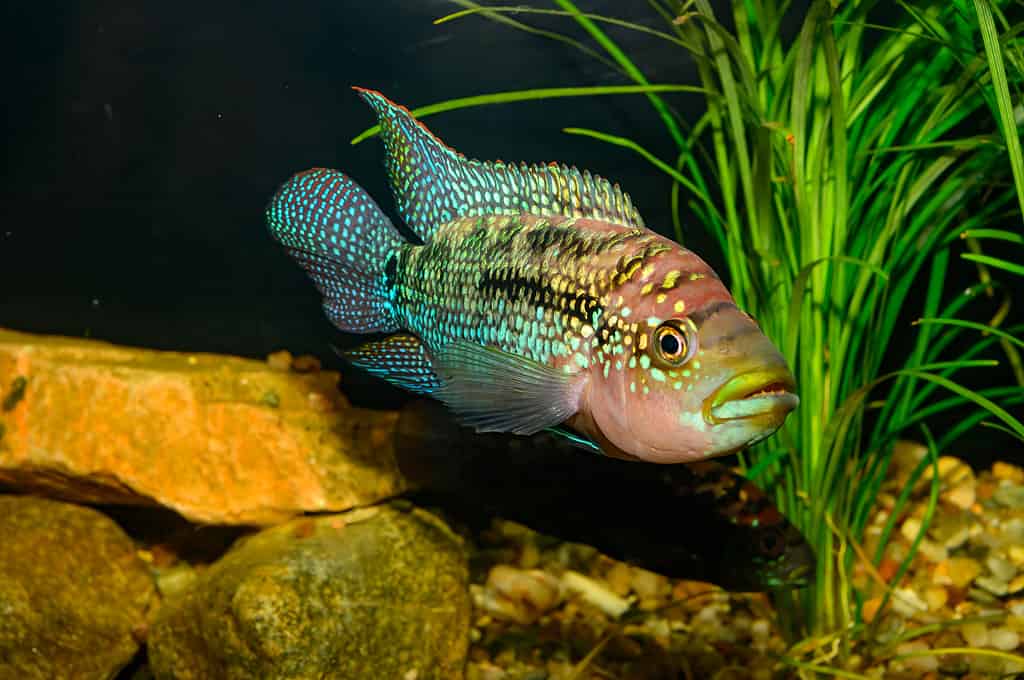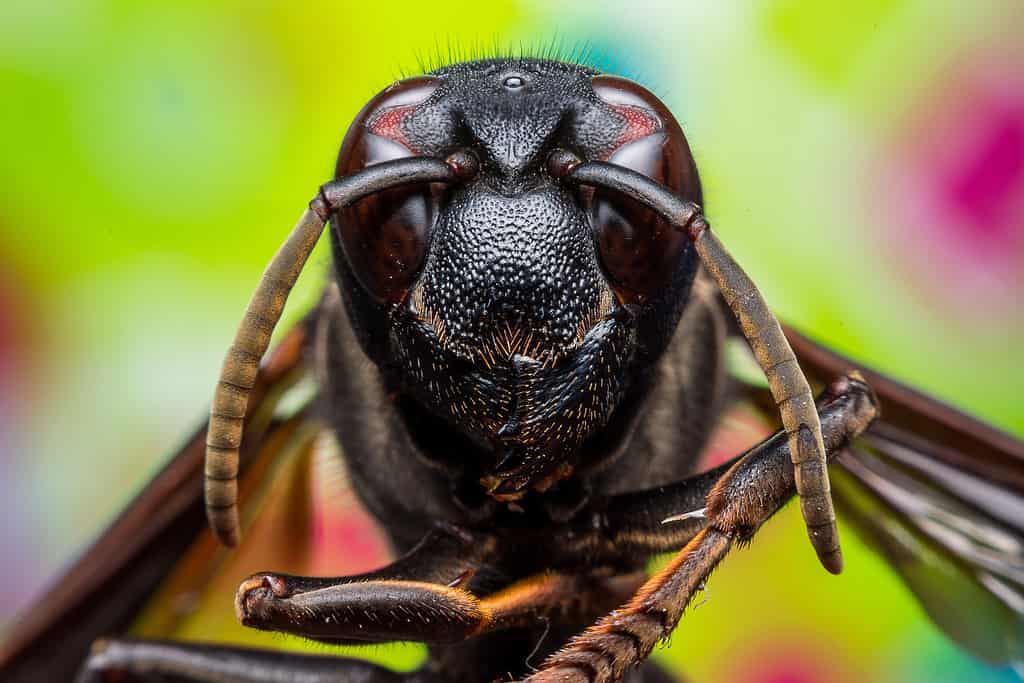Pheromones are chemicals animals secrete to signal a potential mate. However, it’s not always a sexual signal. Depending on why they are secreted and from what animal, Pheromones are signal indicators, picked up by other animals, acting as a form of communication.
Organisms secrete pheromones to communicate danger, attract potential mates, warn other females to lay eggs elsewhere, lay down a trail, and signal a territorial dispute or claim. Whichever type of communication, the animal that detects the pheromones understands its meaning intuitively.
Mammals, insects, fish, plants, reptiles, and birds emit pheromones. Whether or not humans emit pheromones is a topic of hot debate in scientific circles, so the jury is still out.
Mammals

©Szczepan Klejbuk/Shutterstock.com
Apocrine and sebaceous glands are the two types of pheromone emitters in most mammals. Apocrine glands release pheromones onto the hair follicles of the animal, ultimately passing those chemicals into the air. Sebaceous glands emit pheromones onto the surface of the skin, where it remains until the chemical wears off.
However, there are a few mammals with glands that function differently. For instance, dogs have anal glands that secrete chemicals used for territorial behavior or to communicate with other dogs. Rodents use a Haderian gland to secrete pheromones for two purposes—attract mates and warn away other rodents from a certain territory.
Fish Pheromones

©Karel Zahradka/Shutterstock.com
Fish secrete pheromones into the water for a variety of reasons, including mate attraction, predator detection, food discovery, and identification. These glands are located in one or more of three areas—behind the fins, near the gills, or from their skin.
Some fish use their pheromones for altruistic purposes, warning other nearby fish that predators are near or letting other fish know that food is nearby. Dominance and territorial boundaries are other reasons fish may secrete pheromones.
Birds

©Dark_Side/Shutterstock.com
Birds lack the specialized pheromone glands of mammals and fish, however, they have other means to emit pheromone signals. These means include the skin, feathers, preen gland, uropygial gland, and feces. For the most part, these chemical communication signals are released into the air.
Female birds secrete pheromones from their uropygial gland and those pheromones are purely for mating purposes. Like fish and mammals, birds also secrete chemicals for territorial reasons or to warn away potential predators.
Reptiles

©reptiles4all/Shutterstock.com
Reptiles are much like birds when it comes to releasing pheromones, meaning they lack specialized glands for doing so. Also, like birds, pheromones reptiles release are entirely airborne, so they are often detected miles away.
Reptiles secrete their own, particular chemicals via the skin, cloaca, and feces. The vast majority of reptiles release chemicals for mating purposes. However, like birds, they also release them to frighten away other reptiles and potential predators.
Insects

©Phattipol/Shutterstock.com
Insects are well-known for using pheromones and have specialized means for distributing them on their antennae, legs, wings, and abdomen. Like most other animals, insects have a variety of uses for the chemicals they create, including mating signals, communicating danger, and marking territories.
They also use pheromones to create trails to food sources, water, and security, which is why ants line up for several yards, all traveling to and from a specific food source.
Pheromones Pronunciation
Pheromone is pronounced: feh-ruh-mown”



